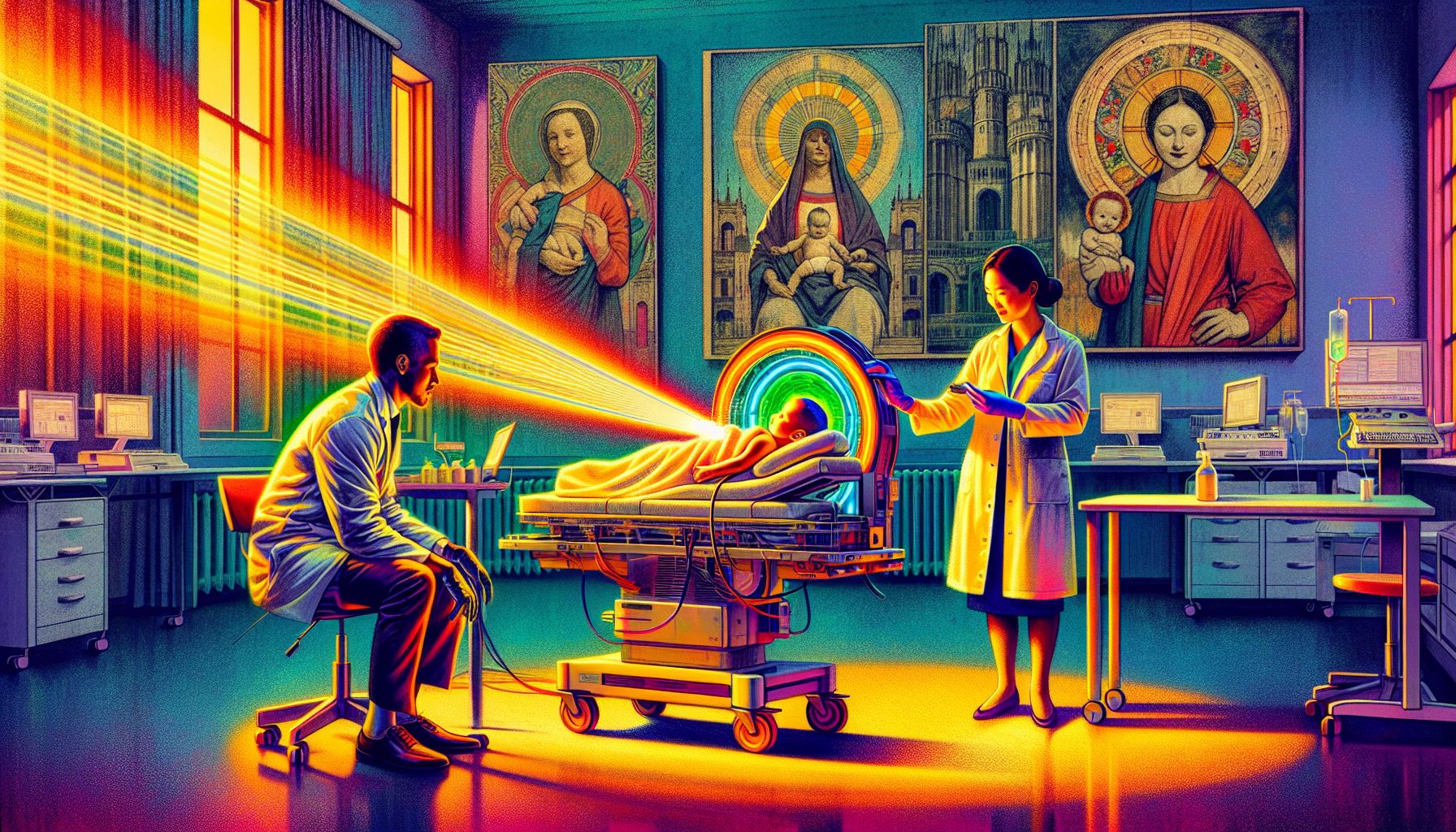Laser Light Therapy: A Breakthrough for Newborns with Low Blood Sugar

Netherlands, Friday, 5 July 2024.
A pioneering laser light therapy is offering new hope for newborns with congenital hyperinsulinism, a rare condition causing dangerously low blood sugar. This innovative treatment could prevent brain damage and save lives, potentially revolutionizing neonatal care.
Understanding Congenital Hyperinsulinism
Congenital hyperinsulinism (CHI) is a genetic disorder affecting one in 50,000 newborns. This condition leads to an overproduction of insulin by the beta cells in the pancreas, resulting in hypoglycemia or low blood sugar levels. Low blood sugar is particularly dangerous for newborns as the brain requires a constant supply of glucose to function properly. Without adequate glucose, infants can experience seizures, brain damage, and even death[1].
Innovative Laser Light Therapy
The Radboud University Medical Center (RUMC) in the Netherlands is spearheading an international consortium called the LightCure project, which is pioneering the use of laser light therapy to treat CHI. This innovative approach involves using a tracer called exendin that selectively targets the overactive beta cells in the pancreas. When activated by laser light, the tracer helps to precisely target and treat these malfunctioning cells, providing a focused treatment with minimal impact on healthy cells[1].
How the Therapy Works
Laser light therapy works by penetrating human tissue with high-energy light of a specific wavelength. This light activates the exendin tracer, which has bound itself to the malfunctioning beta cells. The targeted activation helps to normalize insulin production without the need for extensive surgery, such as near-total pancreatectomy, which is currently the standard treatment for diffuse forms of CHI. This method represents a significant advancement in precision medicine, offering a less invasive and more effective treatment option for affected infants[1].
Potential Benefits
The benefits of laser light therapy extend beyond just treating CHI. This technology promises to reduce the psychological and social burdens on families dealing with the condition by providing a more straightforward and less invasive treatment option. Additionally, the platform developed for this therapy could potentially be adapted to treat other conditions, representing a broader impact on the field of precision medicine[1].
Future Prospects
While the initial focus of the LightCure project is on treating insulinomas in adults, the ultimate goal is to refine this technology for use in newborns with CHI. The shift from traditional surgical methods to laser light therapy could revolutionize neonatal care, offering a safer and more efficient treatment path for vulnerable infants. This breakthrough not only has the potential to save lives but also to significantly improve health outcomes for newborns suffering from this rare and life-threatening condition[1].

